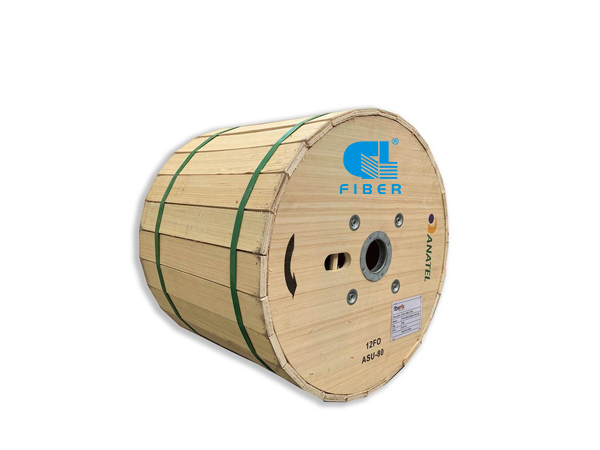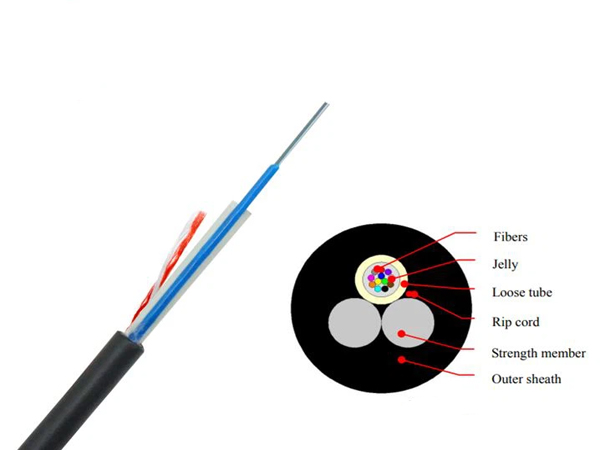In recent years, South America has witnessed a rapid expansion of digital infrastructure, driven by growing internet penetration, urbanization, and government initiatives to bridge the connectivity gap. Amid this transformation, ASU80 and ASU120
fiber optic cables have emerged as preferred choices for telecom operators and network developers across the region. Their popularity stems from a combination of technical adaptability, cost efficiency, and resilience—qualities that align perfectly with South America's unique geographic and economic landscape.

1. Robust Performance in Challenging Environments
South America’s diverse terrain—from the Amazon rainforest to the Andes Mountains—poses significant challenges for network deployment. ASU80 and ASU120 cables are designed to withstand extreme weather conditions, humidity, and physical stress. Their reinforced jackets and anti-rodent features make them ideal for rural and remote installations, where infrastructure is often exposed to harsh environments. Additionally, these cables support high bandwidth capacities (up to 24fibers for ASU120), enabling scalable solutions for expanding urban networks in cities like São Paulo, Bogotá, and Lima.
2. Cost-Effective Scalability
Many South American nations operate under budget constraints while striving to meet rising demand for high-speed internet. ASU80 and ASU120 offer a balance between performance and affordability. Their modular designs allow incremental upgrades, reducing upfront investment for telecom providers. For instance, ASU80’s 80-fiber configuration is widely used in medium-density areas, while ASU120 caters to high-traffic urban corridors. This flexibility aligns with the phased rollout strategies common in the region.
3. Compatibility with 5G and Smart City Projects
As countries like Brazil, Chile, and Colombia accelerate 5G deployments and smart city initiatives, low-latency, high-reliability connectivity is critical. ASU80/120 cables meet these demands with superior signal integrity and minimal attenuation over long distances. Their use in backbone networks and last-mile connectivity ensures seamless integration with emerging technologies, from IoT systems to cloud services.
4. Local Partnerships and Regulatory Support
Manufacturers of
ASU80 and ASU120 have actively partnered with South American governments and local distributors to tailor solutions to regional needs. For example, Brazil’s National Broadband Plan prioritizes fiber optic expansion, creating demand for certified, durable products. Suppliers have also streamlined logistics to overcome supply chain bottlenecks, ensuring timely delivery even in landlocked or hard-to-reach areas.
5. Future-Proofing Networks
With South America’s digital economy projected to grow exponentially, ASU80 and ASU120 cables offer longevity. Their compatibility with next-gen technologies like DWDM (Dense Wavelength Division Multiplexing) ensures that networks remain viable for decades. This future-proofing aspect appeals to investors and policymakers aiming to avoid costly overhauls.

Conclusion
The rise of ASU80 and ASU120 fiber optic cables in South America reflects a strategic response to the region’s technical, economic, and environmental realities. By combining durability, scalability, and affordability, these cables are powering the continent’s digital revolution—one connection at a time. As demand for connectivity surges, their role in shaping South America’s technological future will only grow more pivotal.


